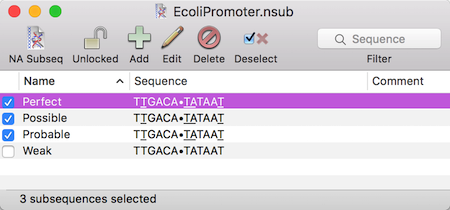

Data from the Caenorhabditis elegans genome sequencing project suggest that the 4-TM class of K channels contains at least 23 different genes ( 9). In contrast to the 2-TM and 6-TM classes, which have been well characterized in many species including mammals, virtually nothing is known about the 4-TM and 8-TM classes of K channels. For instance, the 6-TM class of channel contains six families (voltage-gated, KQT, Eag, Slo, CNG, and SK) the voltage-gated family (Kv) consists of the four subfamilies Shaker (Kv1), Shab (Kv2), Shaw (Kv3), and Shal (Kv4) the Shaker subfamily has at least eight members (Kv1.1–1.8). The 2-TM and 6-TM structural classes have been extensively studied and shown to consist of families which are themselves divided into subfamilies made up of many members ( 9). So far, four major structural classes encoding α-subunits with two ( 2, 5), four ( 1), six ( 8), or eight ( 3, 7) transmembrane segments (TM) are known. Although it has been long known that virtually all cells have K currents that are easily distinguishable based on their kinetic and pharmacological properties, only over the past 10 years have we begun to appreciate the structural complexity of K channels. Potassium channels exhibit great functional and structural diversity. We conclude that KCNK1 is a unique, double-pore, mammalian K channel, distantly related to the yeast channel TOK1, that is expressed in distal tubule and is a candidate to participate in renal K homeostasis. It was not detected in the proximal tubule, medullary thick ascending limb, distal convoluted tubule, and glomerulus.

Nephron segment localization, carried out in rabbit by reverse transcription-polymerase chain reaction, reveals that KCNK1 is expressed in cortical thick ascending limb, connecting tubule, and cortical collecting duct. Northern analysis indicates high expression of a 1.9-kb message in brain > kidney > heart. Amino acid identity to TOK1 is only 15% overall but 40% at the pores. Using the TOK1 pore regions as probes, we identified a human kidney cDNA encoding a 337-amino acid protein (hKCNK1) with four transmembrane segments and two pore regions containing the signature sequence of K channels. The K-selective channel, TOK1, recently identified in yeast, displays the unusual structural feature of having two putative pore regions, in contrast to all previously cloned K channels.


 0 kommentar(er)
0 kommentar(er)
